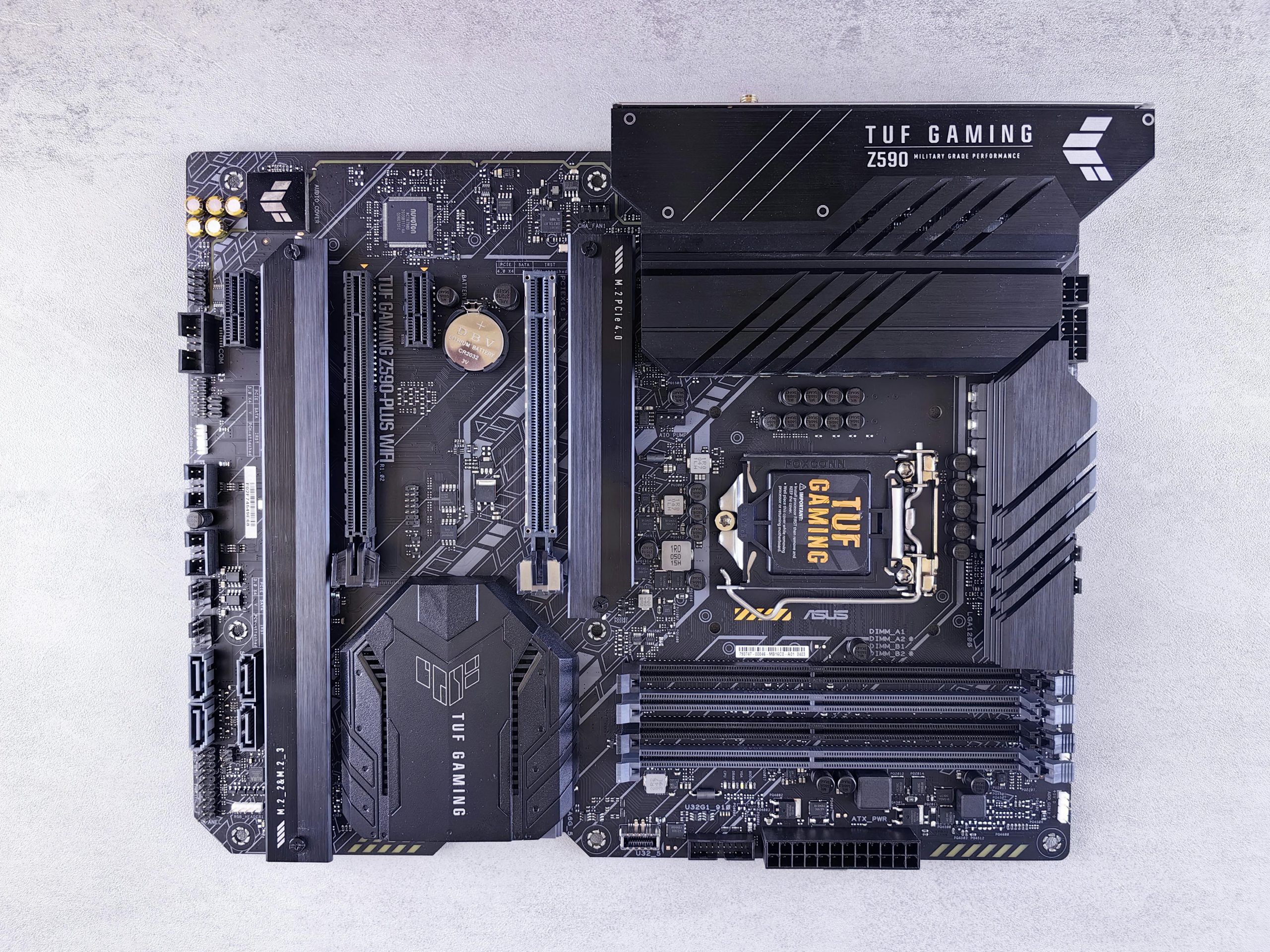Identifying Unfamiliar Components on Your HP Victus Gaming PC Motherboard
Upgrading a gaming PC can be an exciting project, but it often raises questions about the various components and connectors found on the motherboard. Recently, a user shared a concern about a specific chip on their son’s HP Victus Gaming PC motherboard. They observed some unfamiliar features, including a chip with two wires leading to the front of the case, terminating in plastic connectors. Let’s explore what these components might be and how to identify them during your own upgrades.
Understanding the Context of PC Upgrades
When performing hardware upgrades—such as replacing the power supply or graphics card—it’s common to open the PC case and examine the motherboard for labels, connectors, and other components. Sometimes, you’ll encounter chips or connectors that aren’t immediately recognizable, especially if they are manufacturer-specific or part of specialized features.
Common Components on Gaming Motherboards
Gaming motherboards like the HP Victus series often incorporate various chips and connectors for features such as:
- Front Panel Connectors: For power buttons, reset switches, and LEDs.
- Fan Headers or Power Headers: For case or chassis fans.
- Front USB/Audio Panels: Internal connectors for front I/O ports.
- RGB or Lighting Controllers: For customizable lighting effects.
- Custom Security or Management Chips: Unique to certain OEM variants.
What Could the Chip with Wires Be?
From the description, the chip appears to have two wires running toward the front of the case, terminating in plastic connectors that seem unused or disconnected. Several possibilities exist:
-
Front Panel Connectors: These are usually ribbon cables or individual wires connecting the power button, reset switch, and indicator LEDs. They typically connect to designated pins on the motherboard. If the wires terminate, it might indicate an unused header or a residual connection from an OEM-specific feature.
-
Power or Fan Headers: Less likely if they go nowhere, but some motherboards have accessories that are optional or removed.
-
OEM-specific or Proprietary Components: Certain pre-built systems include specialized chips or controllers for features like fingerprint readers, security modules, or custom lighting that may not be used in your configuration.
-
Unused or Obsolete Components: Over time, motherboards may include components that are not active or necessary in standard configurations.
How to Properly Identify the Component
- Consult the Motherboard Manual: The easiest way to identify components
Share this content:



